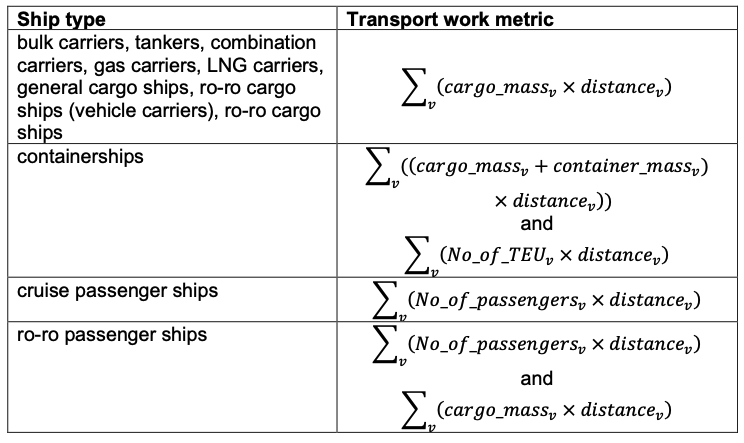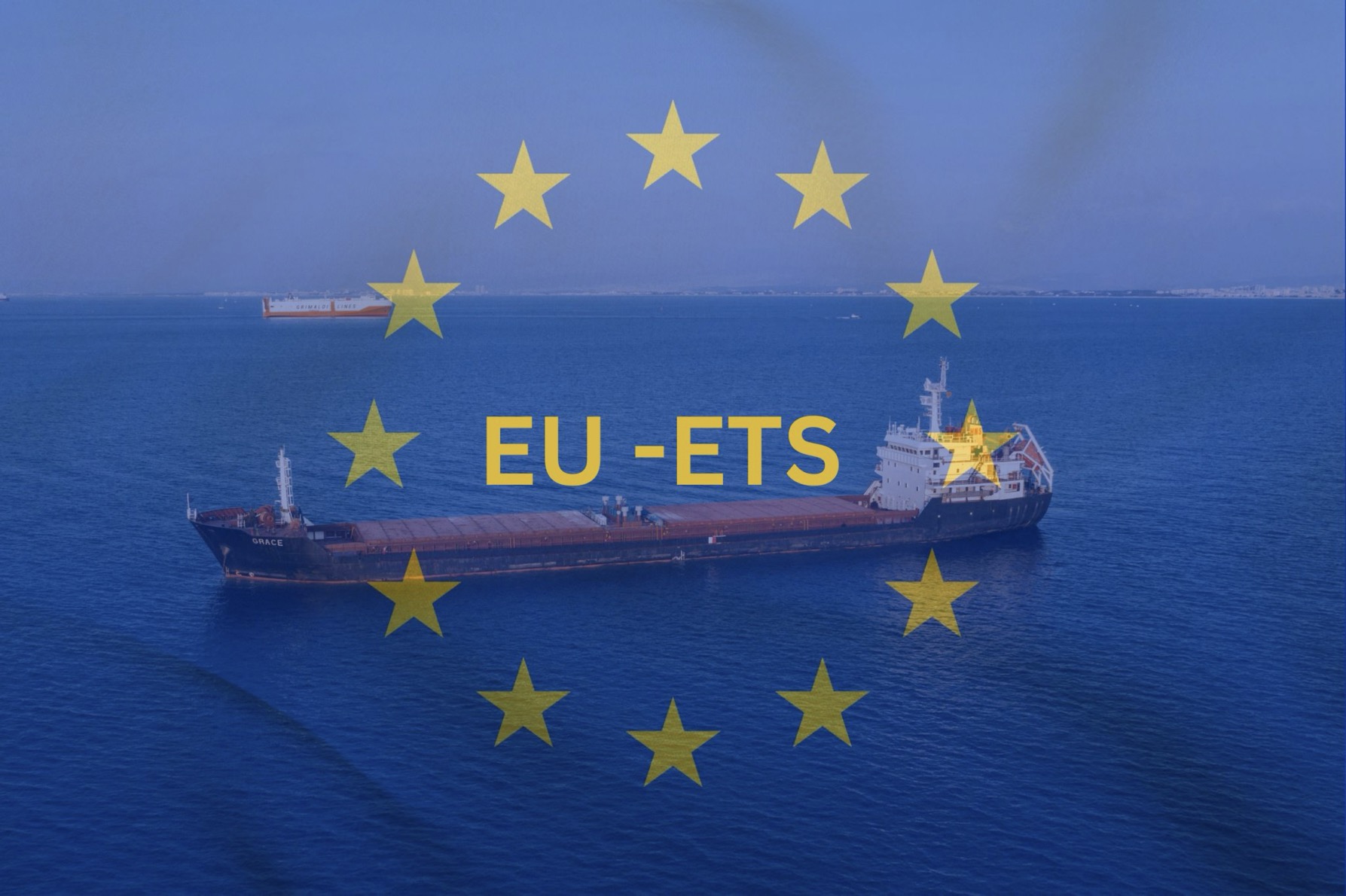SEEMP2 Revisions- A practical guide.


Introduction
RESOLUTION MEPC.395(82), the 2024 GUIDELINES FOR THE DEVELOPMENT OF A SHIP ENERGY EFFICIENCY MANAGEMENT PLAN (SEEMP) was adopted on 4th October 2024 and has brought in changes to the SEEMP2 which is applicable to ships of 5000GT and above. While this resolution gives detailed guidelines on all three parts of the SEEMP, we now focus on SEEMP 2 and aim to highlight the practical differences from the existing SEEMP2 and the steps to be adopted to make revisions and achieve compliance.

Implementation Time line:
The revised guidelines have come into force as of 1st August 2025. In the event that the SEEMP2 is not yet been revised, the same is to be completed, and approval obtained from the RO before the 1st of January 2026.
Any retrofits or changes in equipment such as flow meters that will be needed to meet the enhanced reporting requirements as per the revised SEEMP2 to be completed well in advance, details captured in the SEEMP2 revisions and the revised plans submitted for approvals.
Training and guidance on the revised reporting formats and also on the additional data and supporting documents to be maintained, should also be given to ship staff, and all others involved in the data flow activities.
The Changes :
A) Enhanced granularity in the reporting of Fuel conusmption:
Previously the SEEMP 2 reports included only the total fuel oil of each type that was consumed by the vessel.
Under the 2024 Guidelines, the SEEMP 2 should have clearly defined means to measure the fuel consumption being made by each of the declared emission source .
The revised reports will include :
- Total fuel per fuel type consumed by vessel.
- Total fuel per type consumed by each emission source .
- Fuel oil consumption while the ship is not under way by fuel oil type consumed by each emission source.
B) Total and Consumer based fuel consumption measurements:
Previously SEEMP2 required the vessels to have a single standardised fuel consumption measurement methodology, which would be used to ensure that the annaul fuel consumption of the vessel is reported .
With the need to track and report the fuel consumption of each of the fuel consumers of more than 130 KW on board the vessel , it has become necessary to dfeine the methodology for each consumer separately. SEEMP2 should now clearly indicate how you measure your main engine consumption, Auxilairy engine conusmption, Boiler cionsumption etc .
This could be done using measuring instruments and also through calculations based on the SFOC and subtraction of consumption of other consumners from the total. The most common methodologies that are adopted to report the total and the individual fuel consumption of the emission sources are :
Method 1: method using bunker delivery notes (BDNs).
Method 2: method using flow meters.
Method 3: method using bunker fuel oil tank monitoring on board.
Method 4: method using LNG cargo tank monitoring on board.
Method 5: method using tank monitoring on board for ships using cargo other than LNG as a fuel.
Method 6: method using subtraction.
Method 7: method using estimated fuel oil consumption for A/E.
Method 8: method using estimated fuel oil consumption for Boiler or other consumers.
C) Distance and Time :
Previously only the total distance travelled in Nautical Mile was being reported. While this remains unchanged, the vessels are encouraged to voluntarily report the laden distance, as this becomes necessary to meet the requirement to report the Transport work .
The hours underway is reported as the aggregated duration while the ship is underway under its own propulsion. The start of the voyage is also clearly defined as being from the Start of sea passage ( SOSP/COSP) till the end of the Sea Passage ( EOSP). The need to clearly identify the start and end of a voyage to accurately determine the hours underway is to be adhered to in the new reporting system.
D) Data Quality:
The measures to ensure the quality of the data being reported now needs to be incorporated into the safety management system. The SEEMP 2 should now address methodology to address the data gaps and measures to close these gaps. Calibration of flowmeters, ensuring that alternate means are available when flow meters or level gauging systems fail, are all part of this process.
E) On shore Power Supply:
For vessels which are equipped with cold ironing abilities to take power from shore, the SEEMP2 should capture the total power so received by the vessel. This needs to be reported to the adminstration at the end of the reporting year.
F) Total transport work:
The SEEMP2 should also provide evaluation for the total transport work which can be evaluated for each ship type as below.

Conclusion:
Overall, the changes in SEEMP2 makes reporting process much more detailed and entails not mere documentation changes, but training process to ensure that the vessels report with quality. Ensuring the integrity of the data, preparing and maintaining the supporting documents such as BDN, Bills of Lading and Electrical delivery notes are all challenges that needs to be managed. The standardised reporting format has also undergone major changes and the Appendix 4 of MEPC.395(82) provides the details.
Vessels are to complete the revisions and have the approved SEEMP 2 well before 1st January 2026, while being allowed to report the 2025 data with the same level of details and granularity as being currently followed.



